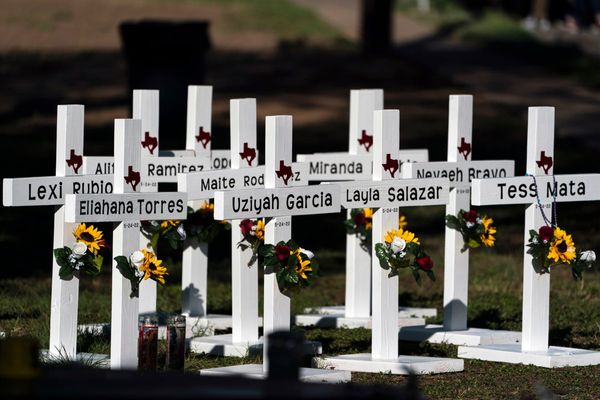









Weaknesses in the gene pool of Tasmanian devils make breeding the species in Barrington Tops a challenging operation.
The wildlife organisation Aussie Ark has trapped 200 adult devils from five-hectare enclosures, so they're ready for this year's breeding season in March and April.
Breeding pairs are selected from the captured devils and housed in new enclosures for mating.
The breeding operation has its challenges, given the species' "inherent genetic weaknesses".
To work out the most suitable creatures for breeding, the organisation uses a "genetic matrix" to determine "who is best suited with who".
The genetic matrix is a spreadsheet that records and compares data of each devil, including place of origin, parentage, biology and genetics.
"Every detail counts when we're assessing the potential for devils to pair up and breed successfully," Aussie Ark curator Kelly Davis said.
The organisation has the largest population of Tasmanian devils on mainland Australia, so the staff feel a big responsibility to help improve the species' genetic diversity.
"Tasmanian devils have a low genetic diversity as a result of Tasmania breaking away from mainland Australia and also persecution during European settlement," Ms Davis said.
"Both of these things have created genetic bottlenecks within the wild Tasmanian devil population."
Given this, males and females selected to breed together must be "genetically compatible".
The devils' age, personality traits and behaviour are also considered.
"In the wild, females choose their mate. We replicate that at the Ark, giving the females a selection. Devils are fussy lovers."
Trapping the devils for breeding season is no easy task. Microchip and health checks are done to confirm identity and welfare.
Ms Davis said it is hard work, but "the reward is enormous".
"Every joey born has the best possible chance to be healthy and resilient, ensuring the future survival of this species."
The devils live for only five to six years in the wild and up to eight years in captivity.
Devil pouches will be checked for joeys in late May and June. The joeys are then "rewilded" into Aussie Ark's 400-hectare sanctuary.
The devils became extinct on the mainland about 3000 years ago due to dingoes hunting them.
The devil population at Aussie Ark is an insurance population against the threat of "devil facial tumour disease", a cancer, wiping out the species.







